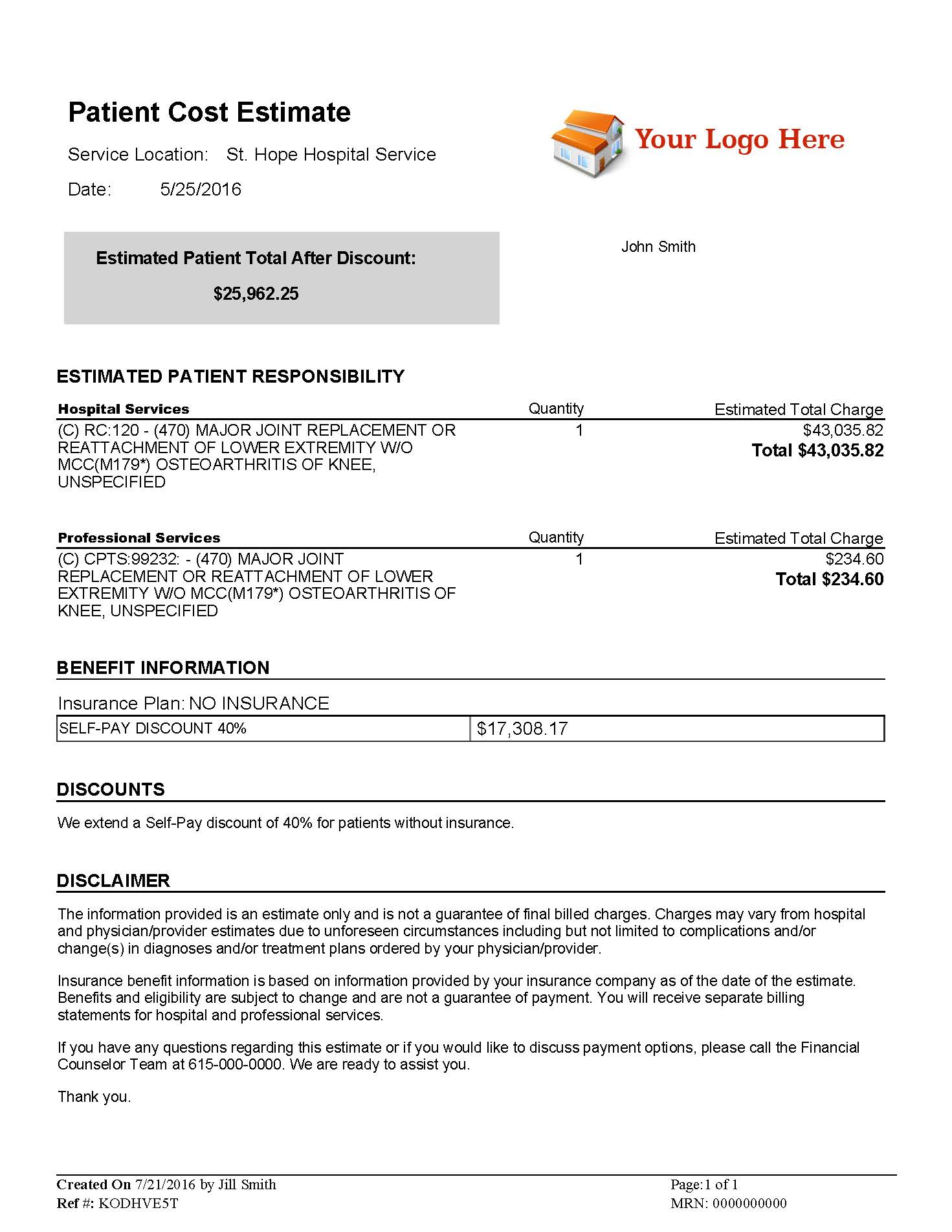To avoid Civil Monetary Penalty (CMP) liability, health care entities need to routinely check the LEIE to ensure that new hires and current employees are not on Office of the Inspector General’s (OIG) excluded list.
Mandatory exclusions: OIG is required by law to exclude from participation in all Federal health care programs individuals and entities convicted of the following types of criminal offenses: Medicare or Medicaid fraud, as well as any other offenses related to the delivery of items or services under Medicare, Medicaid, SCHIP, or other State health care programs; patient abuse or neglect; felony convictions for other health care-related fraud, theft, or other financial misconduct; and felony convictions relating to unlawful manufacture, distribution, prescription, or dispensing of controlled substances
The effects of an exclusion are outlined in the Updated Special Advisory Bulletin on the Effect of Exclusions From Participation in Federal Health Programs, but the primary effect is that no payment will be provided for any items or services furnished, ordered, or prescribed by an excluded individual or entity. This includes Medicare, Medicaid, and all other Federal plans and programs that provide health benefits funded directly or indirectly by the United States (other than the Federal Employees Health Benefits Plan), but the primary effect is that no payment will be provided for any items or services furnished, ordered, or prescribed by an excluded individual or entity. This includes Medicare, Medicaid, and all other Federal plans and programs that provide health benefits funded directly or indirectly by the United States (other than the Federal Employees Health Benefits Plan.
Search individuals in the Exclusions Database: https://exclusions.oig.hhs.gov/
Review the Updated Special Advisory Bulletin: https://oig.hhs.gov/exclusions/files/sab-05092013.pdf







